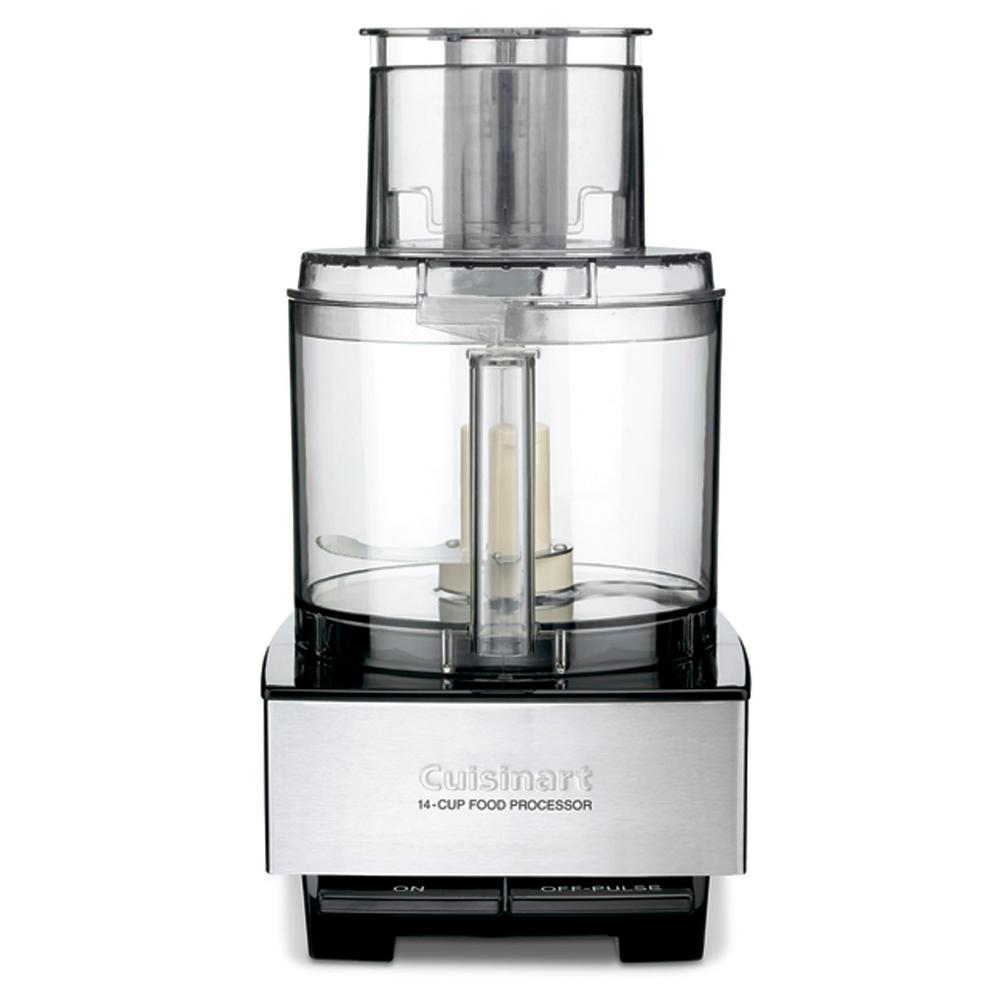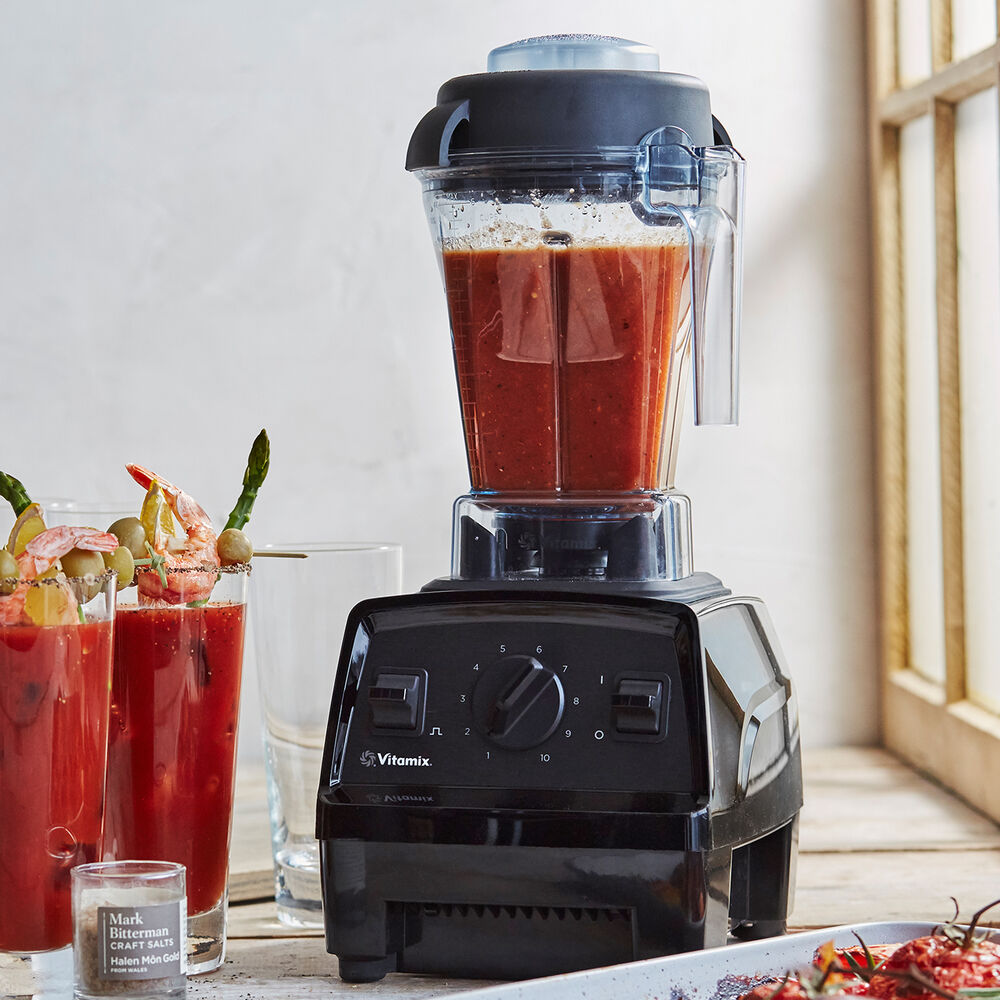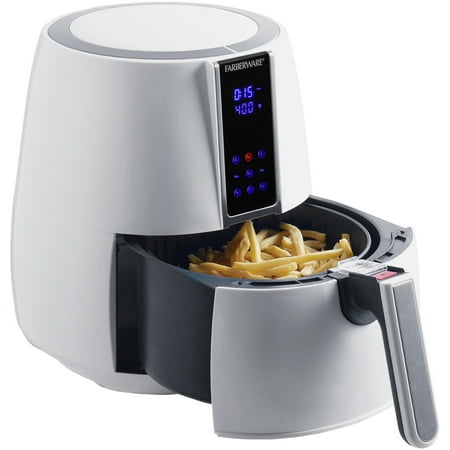Cuisinart Custom 14-Cup 2-Speed Brushed Stainless Steel Food Processor with Pulse Control
Slice vegetables with ease by using this food processor. 14-cup capacity finishes slicing a large batch of vegetables. Food processor with glass storage ensures convenience.
This large capacity food processor speeds up all cooking from quick, weeknight meals to weekend celebrations. With the large 14-cup work bowl, extra-large feed tube and dishwasher-safe parts, there’s more time to share the delicious results with family and friends. The Brushed stainless finish will enhance any kitchen.
- 14-cup work bowl and handle
- Features a powerful 720-Watt motor
- Extra-large feed tube slices whole fruits and vegetables
- Powerful enough to knead bread dough with ease
- Stainless steel base
- Stainless steel medium slicing disc (4 mm)
- Stainless steel shredding slicing disc
- Stainless steel chopping/mixing blade for added durability
- Easy to use and clean
- Detachable disc stem
- BPA free
- Includes a spatula and instruction/recipe book
- Full 5-year motor warranty
- Limited 3-year warranty on entire unit
Additional information
| Product Depth x Height x Width (in.) | 11 x 14.8 x 7.9 |
|---|---|
| Certifications and Listings | UL Listed |
| Manufacturer Warranty | 5 year on motor Limited 3 year on entire unit |






by Mike
The machine will not turn on if the container is not line up correctly. The last part “plunger” thing that push food in, must be inserted so the metal bar goes into the container’s mechanism or the machine won’t turn on. It was not mentioned anywhere in the instructions so we thought we had a dud. The machine does what it advertises to do. Grounding chicken was a breeze, making slices of lemons were quite easy and quick. We bought this in July, used it 3-4 times so far, so couldn’t speak about longevity.
by John
This food processor its amazing its work very good and i like it.
by Eddie
Best workhorse food processor, and it can be thrown in the dishwasher every time and not show any wear.
by Chris
I like the product chopping and shredding ability. however, I really wish the flat lid was also available like in the older models. I really miss this kind for chopping as the other lid is much harder to clean!
by Donna
I asked for the food processor for Christmas. This replaced my old one that I have had for 44 years. The old one’s blades began to get dull. I have already sliced potatoes beautifully and made a coldslaw with ease. I would recommend it highly.
by Cole
We bought this in December of 2018, so we have had it almost a month now. I have to say, this is a replacement of another food processor that we owned for years and we were not satisfied with. I was watching a You-Tube video and the chef was using a Cuisinart 14 cup food processor. I was wowed by it. We bought this 14 cup food processor in December of 2018 and we both agree this is the best food processor we have ever owned in our 25 years of marriage. I watched the videos on how to use it and learned all I could about this machine. I am here to testify this machine is Awesome! It chops, slices and grates with ease. I don’t use a knife to chop anything anymore, This machine is fast and efficient and extremely easy to use. Two buttons, you have an On and a Pulse. When you operate it with just the On button, you can add fluids by pouring them into the small chute and the fluid will flow down onto you food and mixes it with ease. When you chop using the pulse button, we are talking seconds to chop an onion, tomato or any other vegetable. We have made so many meals using this machine it has cut down our prep time. It is fun to use. The slicer and grater are very fast as well. I can not say enough good things about this machine. For the money it is clearly the best product we have purchased. Easy to clean and easy to extract whatever vegetable / seeds your working with. It comes with a spatula, two blades, 1 for slicing and 1 for grating, and a chopper blade. All of these are very. sharp! We have made many different sauces, salads, guacamole, and more. It is heavy so it does not bounce around when you us it. Since we have purchased this food processor we purchased an extra 14 cup container for use and a blade holder. We are all in with this machine and recommend it to anyone who is looking for a good food processor. It is used everyday. I am looking forward to many years of service with this machine. We are definitely happy with this processor.
by Molly
I was extremely pleased by how easy this product was to use and clean. This was a wedding registry gift and I am so glad I received it!